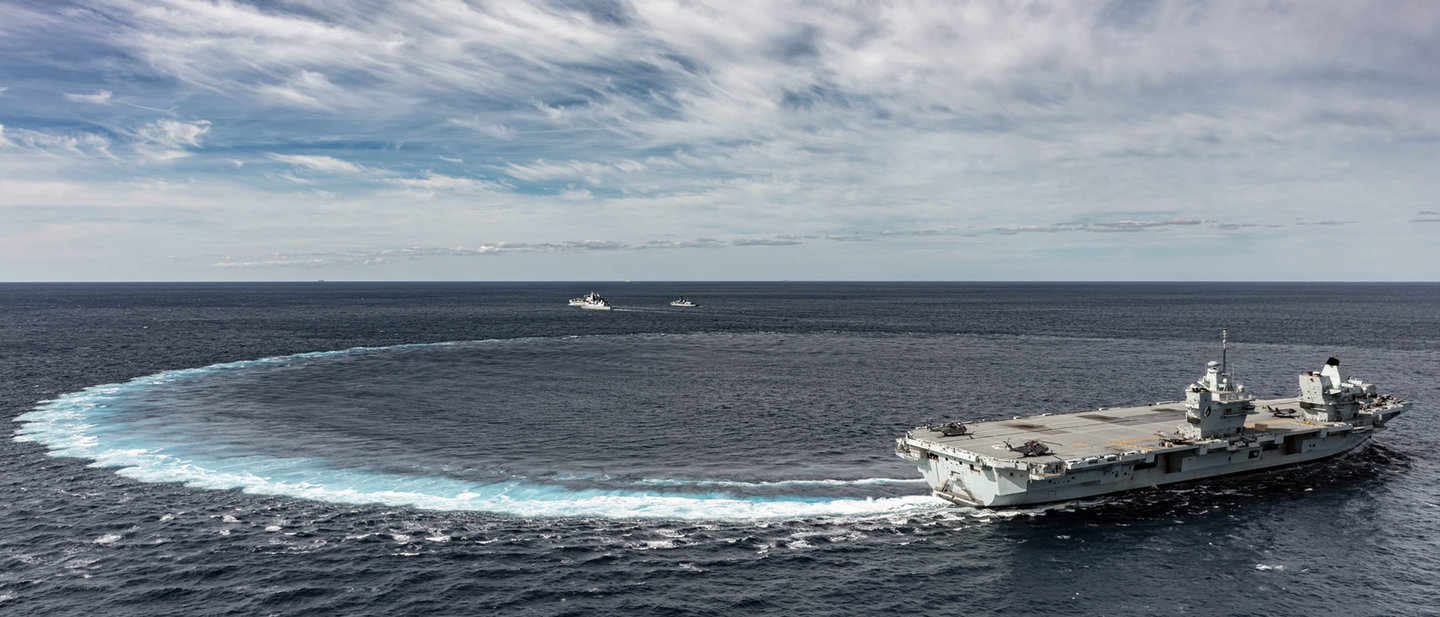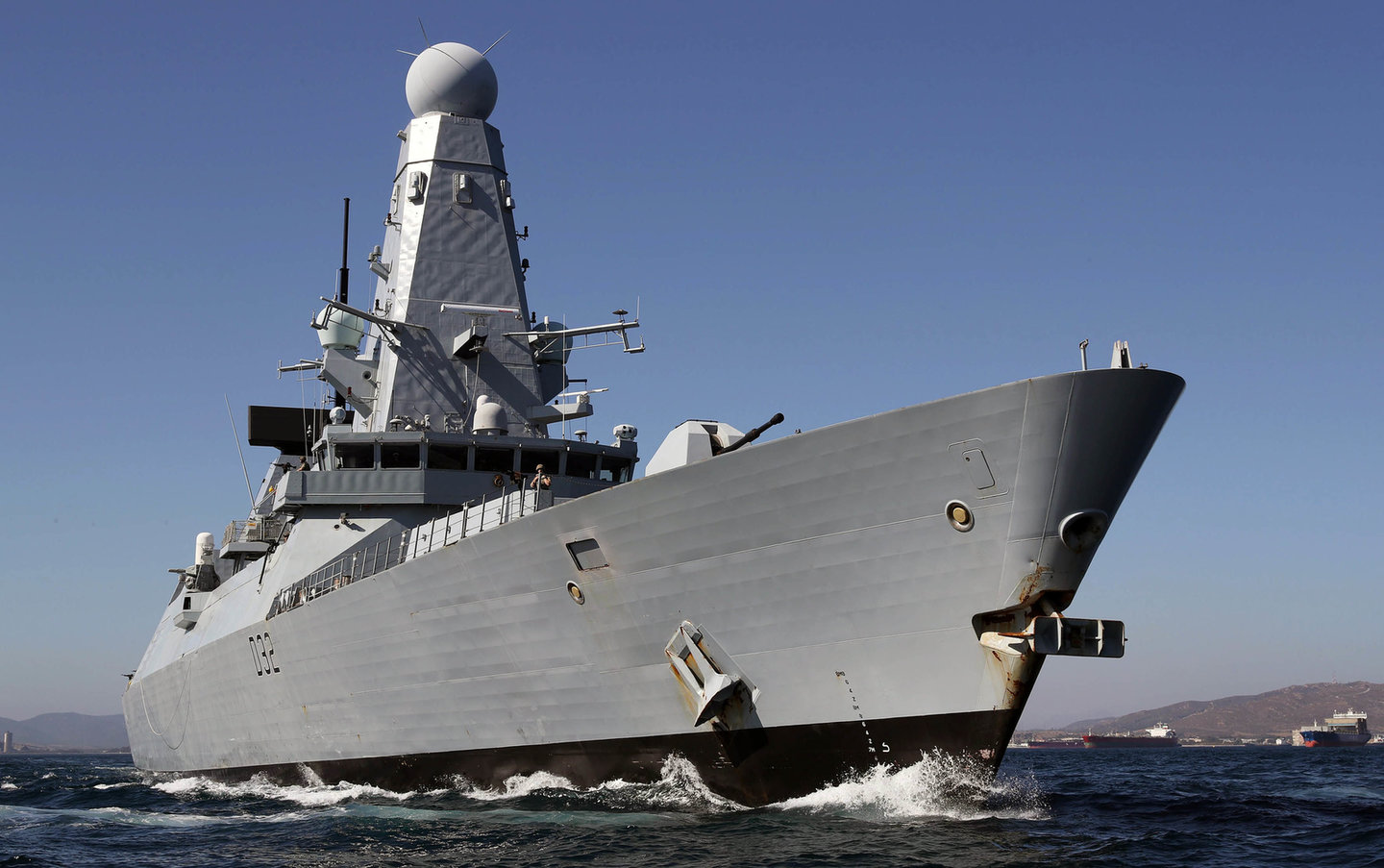SEA
Sunk costs: why naval programmes go over budget
Military programmes can cost eye-watering sums of money and sometimes go significantly over budget, with naval platforms particularly prone to soaring costs. Berenice Baker looks at some budget-busting examples and asks experts how overspend occurs and how it could be prevented.
// Image: US Navy
In March it emerged that the toilets, known as “heads” in naval circles, on the US Navy’s newest aircraft carriers, the Nimitz-class USS H W Bush and USS Gerald R Ford, are prone to blocking and cost $400,000 to clear with acid. While this six-figure sum repair budget is dwarfed by the overspend many programmes suffer, even this relatively minor unplanned spend has serious implications.
Professor Trevor Taylor, professorial research fellow in defence management at the Royal United Services Institute (RUSI) for Defence and Security Studies explains: “A constant challenge for complex warship construction is that, unlike army vehicles and combat aircraft, ship designers cannot build a prototype for testing and modification. They have to rely on their knowledge, past experience and computer modelling. While plumbing has obviously been a feature of ships for more than a century, it may be that designing to meet new environmental regulations generated some difficulties.
“While the plumbing story has obvious appeal for the popular press, the more serious issue is the US Navy's inaccurate through-life cost forecasts. Either it lacked the capability to do the numbers accurately, or it deliberately underestimated them for fear that the real figures might put the projects at risk in Congress. Especially when crew costs are taken into account, ships, like many defence platforms, cost much more to run over their lives than they did to buy.”
Soaring costs plague
Lavatorial humour may have guaranteed this story column inches, but the US Navy is not the only force faced with budget-busting problems.
The UK Royal Navy’s Queen Elizabeth-class aircraft carriers programme overspend was matched only by the ships’ gigantic dimensions. The original budget for HMS Queen Elizabeth and HMS Prince of Wales was slated to be £3.9bn, but as of the 2019 financial year, the programme cost had soared 95% to £7.6bn, according to the MOD Government Major Projects Portfolio data 2019 report.
That was in part down to the financial crash that delayed the programme, but also because an initial plan to have HMS Prince of Wales fitted with catapult and arrestor gear (CATOBAR) to support the F-35C carrier variant of the F-35 Joint Strike Fighter was reversed to fit both vessels with ski jumps for the short take-off and landing (STOVL) F-35B variant instead.
“With the Queen Elizabeth class, the UK found it too difficult to stick to the original idea of generating a design that could accommodate either a catapult launch system or a STOVL aircraft,” says Taylor.

The cost for the Royal Navy’s Queen Elizabeth-class carriers rose by 95% during development. Image: Crown Copyright / MOD
A fleet of problems
Aircraft carriers are far from the only Royal Navy programme to have busted the bank. The navy’s six Type 45 destroyers entered service two years late and £1.5bn over initial budget at £6.46bn, an increase of 30%, or £1.08bn per ship. In 2016, it was discovered the ships broke down in the warmer waters of the Gulf due to a problem with the Northrop Grumman intercooler units attached to the Rolls-Royce WR-21 gas turbines, part of a sophisticated integrated electric propulsion system.
Below the waves, the Royal Navy’s Astute-class submarine programme was contracted at £2.4bn for the first three in class, or £0.8bn per boat, but this doubled to £1.65bn per boat. In 2018, the MOD revealed in its annual finance and economics bulletin that boats four to seven were £838m over budget due to a series of design, engineering personnel and construction challenges.
Professor Matthew Uttley, professor of defence studies at King's College London, says that as in these examples, most excess costs tend not to be due to initial design flaws but emerge during platform development due to circumstances that would have been impossible to predict at the outset.
“The main issue is not one of 'initial design' flaws, but one of accurately costing programmes that take a long time to complete and have high technological risk.”
“The 'initial design' represents a military statement of requirement that is contracted to industry for development and production,” he says. “With major weapons platforms, the process of migrating from design, development to final production can take decades. During this period there may be innovation, that is new technology that needs to be incorporated that was not available at initial design, or obsolescence, [for example when] a potential enemy state has made a technological breakthrough which needs to be addressed through the insertion of new systems into the initial design. These factors introduce unforeseen costs and development delays.”
Uttley explains that a further factor is the so-called 'conspiracy of optimism', namely that the Ministry of Defence (MOD) and its international counterparts have erred on the optimistic side in their estimates of programme costs and lead-times when contracting.
“The main issue is not one of 'initial design' flaws, but one of accurately costing programmes that take a long time to complete and have high technological risk,” he says. “A reason why programmes that are running over budget have tended to be continued rather than cancelled is the issue of 'sunk costs': governments hate the political embarrassment and electoral repercussions of 'wasting' taxpayers' money on fruitless programmes costing tens of millions or much more. It has to be said that UK governments since 2010 have been more willing to write off such sunk costs, for instance, the Nimrod [maritime patrol aircraft] programme.”

The Royal Navy’s Type 45 entered service two years late and £1.5bn over budget. Image: Crown Copyright/MOD
Why naval programmes go over budget
Former RAF pilot Andy Netherwood identifies three main reasons why programmes go over budget.
“First, the initial budget was unrealistic - the 'conspiracy of optimism between industry, the military, officials and Ministers’ identified by Lord Levene is his 2011 report on defence reform,” he says. “This is partly down to a tendency to underestimate technological risk and partly down to poor behaviours such as entryism.
“Second, the MOD changes the requirements which incurs additional costs. An example here would be the change from STOVL to CATOBAR and back again on the Queen Elizabeth-class carriers, which added more than £1bn to the cost of the ships. This doesn’t necessarily suggest that the initial design was flawed, but rather that circumstances change over the lengthy gestation period of major defence programmes.
“The final reason is the need to balance the books in the short term, which forces the MOD to delay and defer programmes. This inevitably increases their total cost, but the focus is always in years one to five. The Astute-class submarines are an example of this.”
“We need to accept that if we want to operate on the cutting edge of technology there are going to be some high-profile and expensive failures.”
Netherwood explains that programmes are allowed to get to this stage because it is very difficult for the MOD to cancel them. He adds that the UK has begun to address the problem of cost overruns in a series of inquiries and reports. Bernard Gray’s independent report Review of Acquisition for the Secretary of State for Defence, as well as Levene’s defence reform report, have driven a significant improvement in UK defence management.
“I think we need to accept though that if we want to operate on the cutting edge of technology there are going to be some high-profile and expensive failures,” Netherwood says. “If we’re not willing to accept that we need to move to a ’safe’ model of buying proven equipment off the shelf and accept the loss of both sovereign capability and technological advantage.”